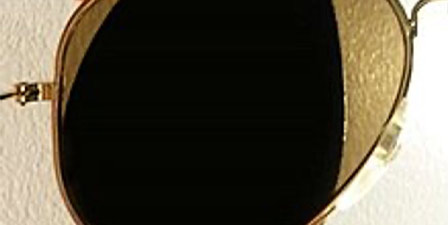
|
Making eyewear is like building a house. Lens material, like a strong foundation, contributes to the protective performance, clarity, looks and comfort of the final pair of glasses. Some materials today have the best combinations of benefits and should, therefore, become the most used.
For example, impact resistance, notch sensitivity, index and frame type determine minimum center and edge thickness. Index, specific gravity, lens size and decentration determine weight and comfort. Absorptive, reflective and impact characteristics contribute to the protective performance of lenses. Very complex prescriptions may be better in certain materials. It’s clear that no one characteristic by itself determines the reason for a lens material choice. How do these relationships affect each other? How should you choose?
The higher the index, the less curvature is needed. Therefore, minus lens edges and plus lens centers are thinner. However, lenses after all surface treatments and edging are complete must be capable of passing the drop ball test (FDA 21CFR801.410, 1971). Polycarbonate and high index materials have increased impact strength and can be made thinner than standard plastic, even after AR and scratch coatings. They are the better material choice.
Finally, frame style determines edge thickness. For metal or plastic frames, minimum edge thinness is about 1.8mm. For grooved or 3-piece rimless, material notch sensitivity affects how easily the lens will chip or flake when grooved. Polycarbonate and high index have low notch sensitivity -1.8mm edges are possible vs. a 2.5mm edge for plastic for grooved rimless.
Lens thinness (index, impact), size and therefore, final volume (g/cm3) determines its weight/comfort. Polycarbonate and high index lenses are lighter, so consider them the basis of all lenses. They offer the best bundle of benefits at a variety of values. Polycarbonate has become the basic choice in many offices because it is 25% thinner and lighter, absorbs 100% of UV and is more than 10X the impact strength of plastic, all at good value for both patient and ECP.
According to the American Academy of Ophthalmology, more than 100,000 people have eye injuries each year and more than half are children. Poly or TRIVEX are a must for children.
Use high index lenses for patients with medium to high prescriptions especially for patients concerned about how their lenses look. These lenses are thinner, flatter and in 1.67 and 1.70, are ideal for 3-piece drill mount frames. Consider materials that have a good bundle of benefits like polycarbonate or TRIVEX for all Rx’s +3 to -3. They outperform ordinary plastic where most price competition is found. For patients over 18 years old choose 1.6, 1.67 high index and 1.70 or 1.74 high index for complex prescriptions.













